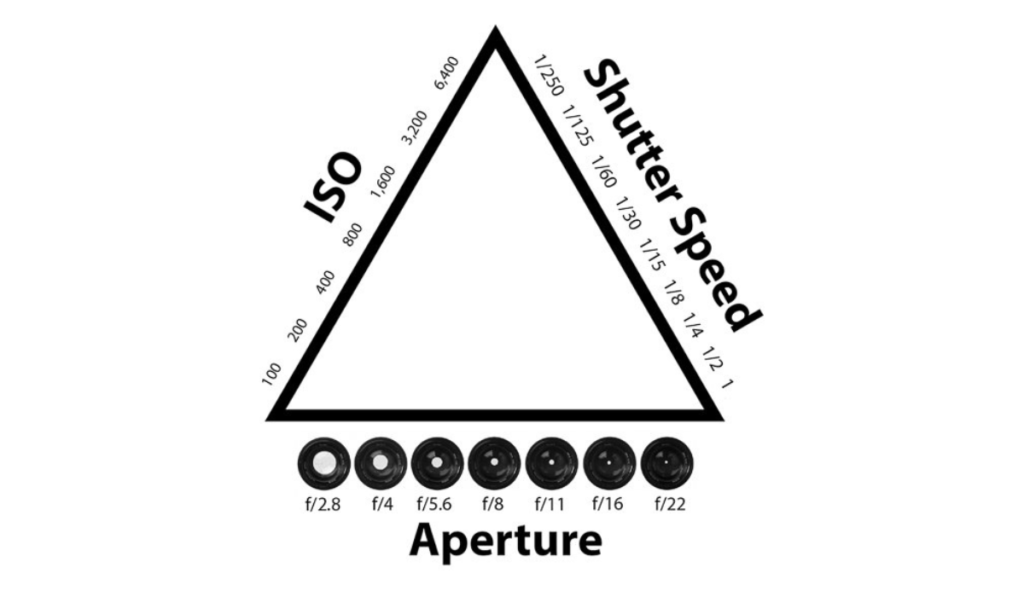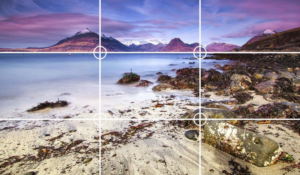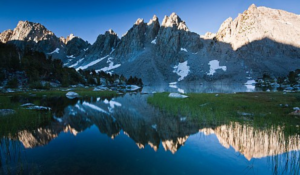The Exposure Triangle: A Beginner’s Guide

The essence of photography is capturing light. The final image of a photograph is determined by the amount and quality of light captured on the camera’s sensor or film. The exposure triangle is a tool that helps photographers understand exposure, which is the process of controlling the light to create an impression.
What is exposure in photography?
The amount of light that is captured by the sensor or film on the camera determines the appearance of an image. For high-quality photos, it is important to achieve the right exposure.
The Exposure Triangle
The exposure triangle is a fundamental concept of photography. It’s at the core of exposure control. The exposure triangle is composed of three elements: ISO (intensity), aperture, and shutter. These three elements work together to control the amount of light, and sensitivity of the sensor of the camera.
ISO
ISO is the sensitivity of a camera to light. ISO values are higher when the camera is sensitive, and require less light to expose properly. Lower ISO values demand more. Each ISO doubling represents an increase of one stop in sensitivity. This affects image brightness and graininess.
Aperture
The aperture controls the size and shape of the circular opening within the lens. This determines the amount of light that reaches the sensor. Larger apertures (lower numbers of f-stops) let in more light and result in a shallower depth-of-field.
Shutter Speed

The shutter speed determines how long light can hit the sensor. Slower shutter speeds cause motion blur, while faster speeds freeze movement. By doubling or halving shutter speeds, you can add or subtract stops of light from the exposure.
Equivalent Exposure
To maintain consistent exposure, it is necessary to make compensatory changes to the other elements of the triangle. The charts that show the full-stop intervals of aperture, ISO and shutter speed help to understand adjustments for equal exposure.
Practical Applications
Each element of the exposure triangular offers creative control to the final image. Understanding how to manipulate the settings will help you achieve desired results.
Author’s expertise
Viktor Elizarov is a Montreal-based travel photographer who offers valuable insight through his blog PhotoTraces. His Lightroom presets and tutorials provide aspiring photographers with practical advice on how to master exposure and improve photographic skills.
The conclusion of the article is:
The exposure triangle, which is the cornerstone of photographic technique, allows photographers to effectively control exposure. The exposure triangle allows photographers to capture images with the desired brightness and visual effect by adjusting shutter speed, aperture, and ISO.
Mastering the exposure triangle will help photographers to improve their skills and create compelling images. Understanding the relationship between ISO, shutter speed and aperture allows photographers to unlock creative possibilities.



